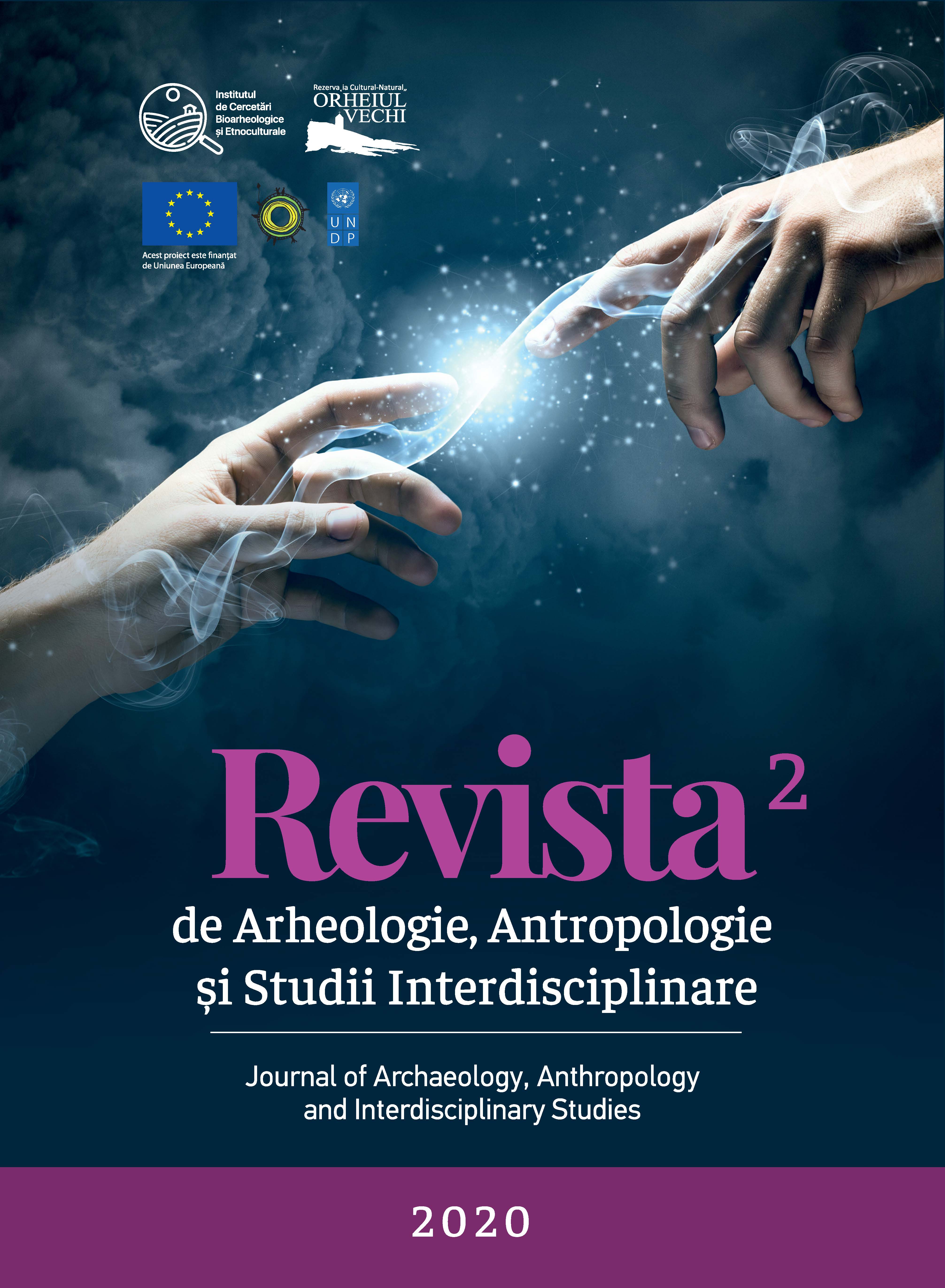The health status of subadults exhumed from the cemetery of the wooden church in Călugăreni (Giurgiu, Romania)
The health status of subadults exhumed from the cemetery of the wooden church in Călugăreni (Giurgiu, Romania)
Author(s): Angela SimalcsikSubject(s): Archaeology
Published by: Bons Offices – Casa Editorial-Poligrafică
Keywords: Călugăreni; wooden church; 18th century AD; palaeoanthropological analysis; health status;
Summary/Abstract: The analyzed osteological material comes from seven graves from the medieval cemetery related to the wooden church in Călugăreni village (Giurgiu County, Romania). The graves were discovered during preventive archaeological researches required by the extension of the place of worship. A series of isolated human bones discovered on the surface or in the soil layer above the graves were also analyzed; these bones probably come from disturbed graves. The graves are dated in the second half of the 18th century AD. To estimate the age at death, we analyzed the teeth eruption, but we also used other criteria, measurable or observable. The presence of bone and dental pathologies or abnormalities, especially those that can indicate the health status, was observed. The palaeodemographic analysis consisted of estimating the minimum number of individuals, which is nine (eight subadults and one adult). Six subadults died within the biological age range of one month to 7 years (infans I), one in the range of 7-14 years (infans II) and one in the range of 14-20 years (juvenis). The minimum biological age at the time of death is about one month. The critical period regarding the health status seems to be in the last months of breastfeeding, during the weaning period or shortly after weaning. The health status markers appeared on six skeletons and suggest the presence in this community of food deficiencies and/or acute diseases. Exocranial porosities were identified in four cases (three cases of cribra orbitalia and one case of porotic hyperostosis/cribra cranii) and Harris lines, in three cases. Intracranial porosity was reported in two cases, only one being accompanied by perimortem cranial trauma. A case of enchondroma was recorded. Dental cavities were recorded in one case, the same situation being in the case of the supragingival plaque. The absence of enamel hypoplasia on the teeth suggests that amelogenesis was not affected by these possible diseases or deficiencies, any health problems appeared at the end of the breastfeeding period or, most likely, around the time of weaning. In conclusion, the pathologies recorded in this study represent evidence of the existence of health problems in the subadult population, of acute episodes of physiological stress induced by the poor living conditions, the inadequate and insufficient nutrition, the poor hygiene, and maybe some cultural practices inappropriate to the child body.
Journal: Revista de Arheologie, Antropologie și Studii Interdisciplinare
- Issue Year: 2/2020
- Issue No: 1
- Page Range: 287-318
- Page Count: 32
- Language: English

